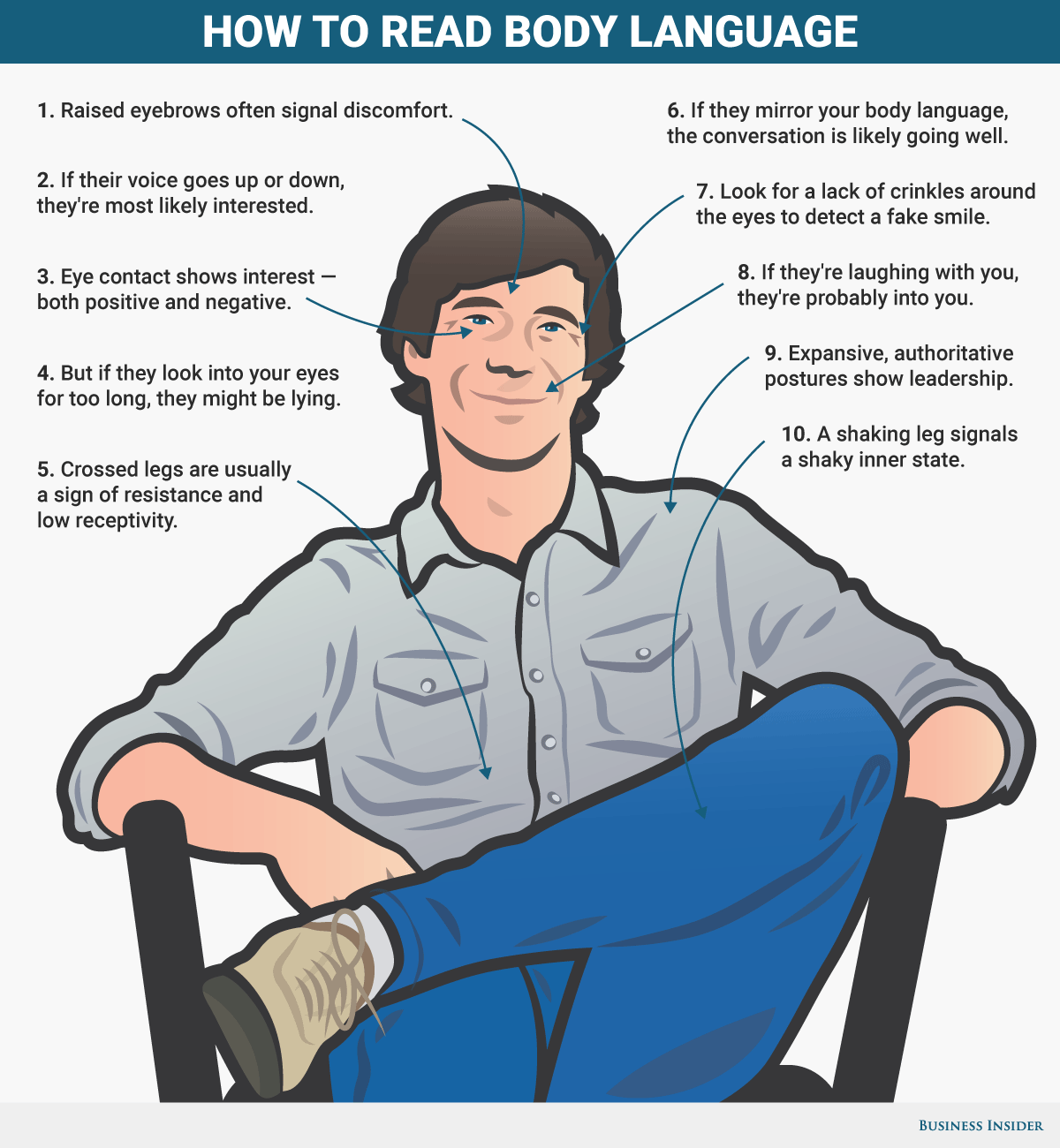
“Oh my gosh, why are you walking like that?” my 15-year-old sister whispered to me as we walked to lunch with my boss. “Like what? What are you talking about?” She responded by straightening my shoulders and correcting my slouch. “Walk like you have some pride!” I caught a glimpse of my newly improved posture in the windows as we continued walking. I was immediately stunned by the difference. I had never realized what a poor posture I had or even paid much attention to it. My sister had caught me making one of the most common body languages that employees make in the business world (Business Insider).
What exactly is the difference between good and bad posture? Besides the obvious physical differences, standing tall with your back straight and your shoulders back is what you would call a power pose. It not only looks better, but it stimulates hormones in your body that make you feel more confident. Furthermore, while maintaining good posture exudes confidence, readiness, and strength, poor posture gives the impression of weakness, fatigue, and overall disinterest.
Other habits that you might have that contribute to unprofessional body language are fidgeting, crossing your arms, and avoiding eye contact. Fidgeting, such as playing with your hair, tapping a pen, or moving your leg up and down, conveys nervousness. Crossing your arms makes you seem unapproachable and closed off. Avoiding eye contact implies that you are untrustworthy or that you are hiding something.
Avoiding these things takes a conscious effort because you might not even know that you have the habit. However, working towards better professional body language is crucial to gain a step up in the business world. So, as my sister told me, “Walk like you have some pride!”
Hannah Park is a Peer Career Advisor from Brown College. She is a junior studying Computational and Applied Mathematics.